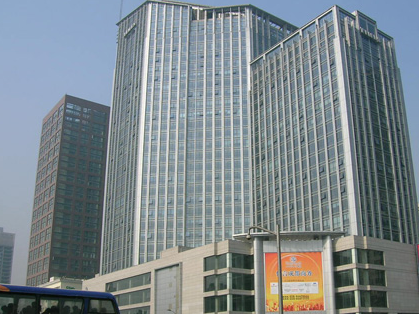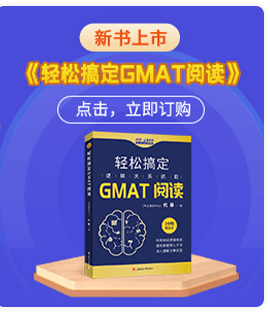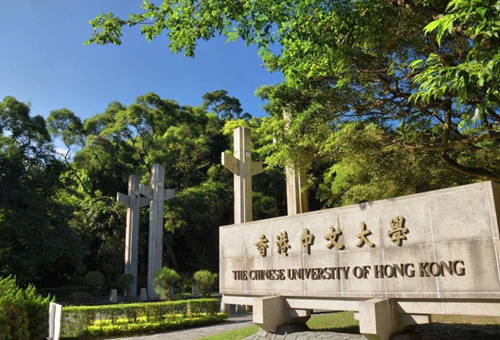视频解析
文字解析
Correctly&nb
the prospect of continuing economic loss until Arborian business and political leaders
recognize the fundamental differences between Arborian and foreign economic systems.”
The phrase continuing economic loss indicates, from the author’s perspective, an
ineffective trade policy. The until-clause signifies that a necessary condition of improving the situation is a recognition by leaders that Arborian and foreign economic systems are fundamentally different. The final paragraph emphasizes that such differences exist: “75 percent [of world trade] is conducted by economic systems operating with principles at
odds with those of Arboria.”
A. The passage does not state or imply that Arboria has a “weak position” in global trade; rather, it emphasizes that Arboria can gain a much stronger position and “misses
opportunities for trade expansion.”
B. Correct. See the detailed analysis given above.
C. The passage nowhere states or implies that the free-trade advocates are dominant in the dispute with fair-trade advocates, even though the passage suggests that developed economies such as Arboria and Whorfland have long practiced free trade and been
dominant in global trade.
D. The passage neither states nor implies that the goods produced by Arborian industries are deficient in quality or are overpriced, but it does suggest that some countries that export to Arboria have trade barriers, such as tariffs, that impede importation of
Arborian products.
E. The passage suggests that some trading partners of Arboria have trade barriers
impeding imports from Arboria, but the passage asserts the following: “Today the key trade issue is not free trade versus protectionism but diminishing trade versus expanding trade.”
GMAT会员
- 【OG18-P680-668题】In a review of 2,000 studies of human behavior that date back to the 1940s, two Swiss psychologists, declaring that since most of the studies had failed to control for such variables as social class and family size, none could be taken seriously.
- 【OG18-P680-671题】Manufacturers rate batteries in watt-hours; if they rate the watt-hour higher, the longer the battery can be expected to last.
- 【OG18-P680-672题】At the end of the 1930s, Duke Ellington was looking for a composer to assist him-someone not only who could arrange music for his successful big band, but mirroring his eccentric writing style as well in order to finish the many pieces he had started but never completed.
- The passage provides information to support which of the following statement about La Nina?
- The author of the passage would most likely agree with which of the following statements about the link between increased solar activity and certain seasonal weather changes on the Earth?

添加官方小助手微信
了解更多GMAT考试与咨询















 400-600-1123
400-600-1123





 资深讲师题题有解析
资深讲师题题有解析





















 12G备考资料
12G备考资料